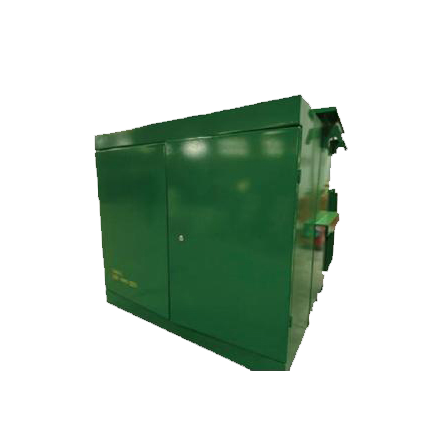Mastering Chemical Safety: Essential Guidelines for Proper Handling and Risk Mitigation
3 min readIn today's world, chemicals are integral to various industries, from pharmaceuticals to agriculture, manufacturing, and beyond. However, the handling of these substances poses significant risks if not managed properly. Understanding the proper and safe handling of chemicals is crucial for ensuring workplace safety, protecting the environment, and complying with regulatory standards. This article delves into the multifaceted aspects of chemical handling, providing a comprehensive guide for professionals across various sectors.
Understanding Chemical Hazards
Before delving into handling procedures, it is essential to recognize the types of chemical hazards that exist. Chemicals can be classified into several categories based on their properties:
- Toxicity: Chemicals that can cause harm or death upon exposure.
- Flammability: Substances that can ignite easily and pose fire risks.
- Reactivity: Chemicals that can undergo violent reactions when mixed with other substances.
- Corrosiveness: Substances that can damage living tissue or materials upon contact.
Understanding these hazards is the first step in implementing effective safety measures.
Risk Assessment and Safety Protocols
Conducting a Risk Assessment
A thorough risk assessment is fundamental to safe chemical handling. This process involves:
- Identifying Chemicals: Catalog all chemicals used in the workplace, including their properties and potential hazards.
- Evaluating Risks: Assess the likelihood and severity of exposure to each chemical. Consider factors such as the quantity used, duration of exposure, and the environment in which the chemicals are handled.
- Implementing Controls: Based on the assessment, establish control measures to mitigate risks. These may include engineering controls (like fume hoods), administrative controls (such as training), and personal protective equipment (PPE).
Developing Standard Operating Procedures (SOPs)
Creating SOPs for chemical handling is essential for ensuring consistency and safety. SOPs should include:
- Storage Guidelines: Clearly outline how to store chemicals safely, including segregation of incompatible substances, labeling requirements, and temperature controls.
- Handling Procedures: Detail the steps for safely transferring, mixing, and disposing of chemicals. Emphasize the importance of using appropriate tools and techniques to minimize exposure.
- Emergency Response Plans: Establish protocols for responding to chemical spills, exposures, or other emergencies. This should include evacuation procedures, first aid measures, and reporting protocols.
Personal Protective Equipment (PPE)
The use of PPE is a critical component of chemical safety. Depending on the nature of the chemicals being handled, appropriate PPE may include:
- Gloves: Choose gloves made from materials resistant to the specific chemicals being used.
- Goggles or Face Shields: Protect the eyes and face from splashes and airborne particles.
- Respirators: Use when handling volatile substances or in poorly ventilated areas.
- Protective Clothing: Wear lab coats or coveralls to protect skin and personal clothing.
Training and Education
Regular training and education are vital for maintaining a culture of safety in the workplace. Employees should receive training on:
- Chemical Hazards: Understanding the risks associated with the chemicals they handle.
- Proper Handling Techniques: Instruction on the correct use of equipment and PPE.
- Emergency Procedures: Familiarization with emergency response plans and first aid measures.
Environmental Considerations
In addition to workplace safety, the environmental impact of chemical handling must be considered. Implementing best practices for waste disposal and spill management can significantly reduce environmental risks. This includes:
- Proper Waste Segregation: Ensure that chemical waste is categorized and disposed of according to regulatory guidelines.
- Spill Containment: Have spill kits readily available and train employees on their use to minimize environmental contamination in case of an accident.
Conclusion
The proper and safe handling of chemicals is a multifaceted responsibility that requires a proactive approach. By understanding chemical hazards, conducting thorough risk assessments, developing robust SOPs, utilizing appropriate PPE, and fostering a culture of continuous training, organizations can significantly mitigate risks associated with chemical handling. Ultimately, prioritizing safety not only protects employees and the environment but also enhances operational efficiency and compliance with regulatory standards.

